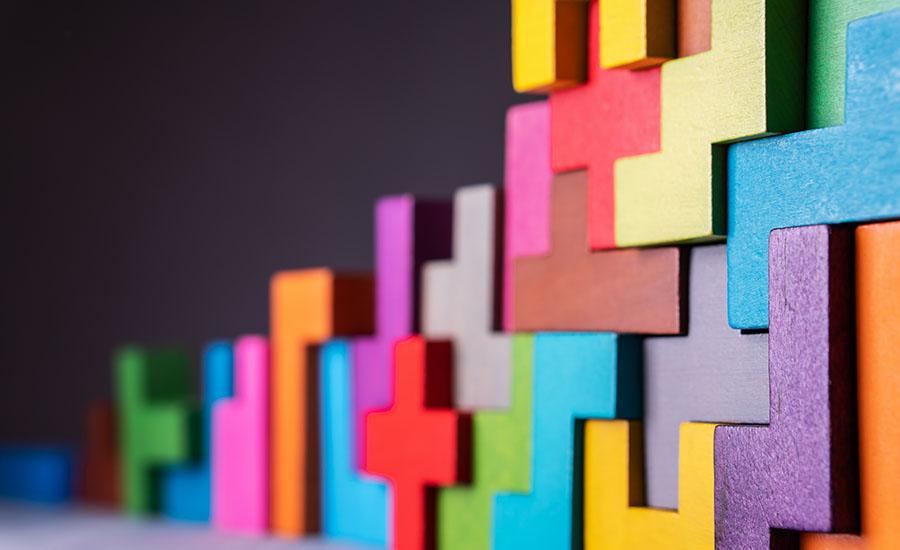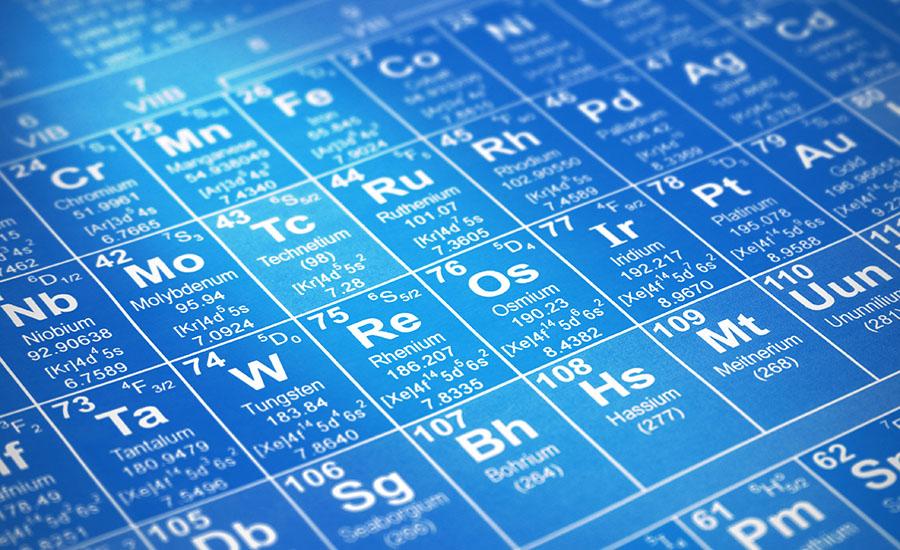
Creating Sustainable Solutions With Bioplastics Part 2
by Scott Milne
This lesson is a follow-up to the lesson titled "Creating Sustainable Solutions with Bioplastics Part 1". In this lesson, students evaluate different ingredients for bioplastics and create a minimum viable product by experimenting with different bioplastic recipes. Students will identify a plastic product that could be replaced using bioplastics once they identify the characteristics of different recipes and then students work in groups to design a bioplastic equivalent of that product. This lesson takes multiple days to facilitate the experimentation with and testing of different ingredients and ends with students presenting their product to the class and evaluating the pros and cons and their recipe and design.
Lesson Plan Link/URL
https://docs.google.com/presentation/d/19keuSGU0tOAGoJBk8FhrAE5YCksxUfFnmoaPx0e…Subject Area
Science Physical Science P1: Matter Technology 4. Innovative Designer Engineering S1: Engineering & Global Society S4: Apply Science to Engineering S6: Apply Communications to Engineering Mathematics Measurement and Data (MD) English Language Arts (ELA) Writing Speaking & Listening
Featured
Off
Related Content

Grades:
5th Grade
Let the students experience being industrial or manufacturing engineers as they convince bag companies about the best plastic material to upcycle for a more sustainable bag option. Through the Plastic

Grades:
7th Grade, 8th Grade, 9th Grade, 10th Grade, 11th Grade, 12th Grade
Students will study car barrier engineering in this lesson. They will study how Newton’s Second Law of motion can be applied to determine how to decrease the force of impact during a collision. They

Grades:
10th Grade, 11th Grade, 12th Grade
This lesson plan includes activities for a full unit on Fission and Fusion, which are included in our state science standards. Students will create models of fusion and fission using a free online